What is Gentrification? As a group we discussed in detail what gentrification is, as a result we created a word cloud of what our perceptions of Gentrification. As a result of this initial discussion a common definition was discovered by Shaw (2008) which defines Gentrification as:
• Reinvestment of Capital seeking higher profit (profit instead of people)
• Social Change of the area by incoming higher income groups
• Physical Change in the material city (a change in the built environment)
• Direct/Indirect displacement of lower-income groups.
One main driving force for inequality it the system in which we live, is the system itself, that system is market enterprise. Within this system it is perceived that if you work hard enough regardless of background you can and will achieve your ultimate goal. However, based on academic research coupled with life observations it can be understood that this system if fundamentally flawed.
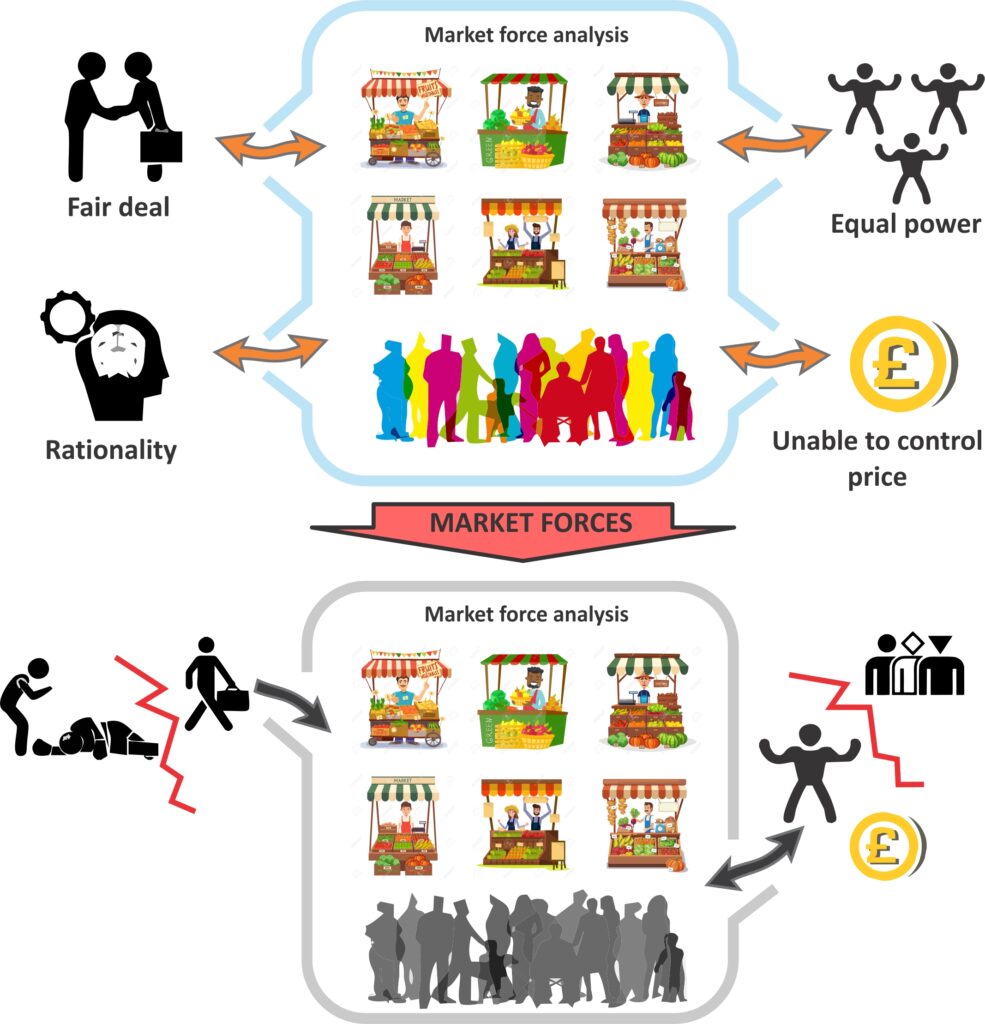
This can be seen in the disparity can be reflected in property values, locations and neighbourhoods throughout Grangetown. This report aims to address this injustice with 3 proposed interventions which aim to ‘level the playing field’ for all people in Grangetown. However, this report specifically targets people on the lowest income to allow them to not just survive but thrive.
These policy interventions have been designed to work independently of each other. The purpose: to give power back to those citizens on low incomes, to empower them and to motivate them to start the fight back against gentrification within Grangetown.
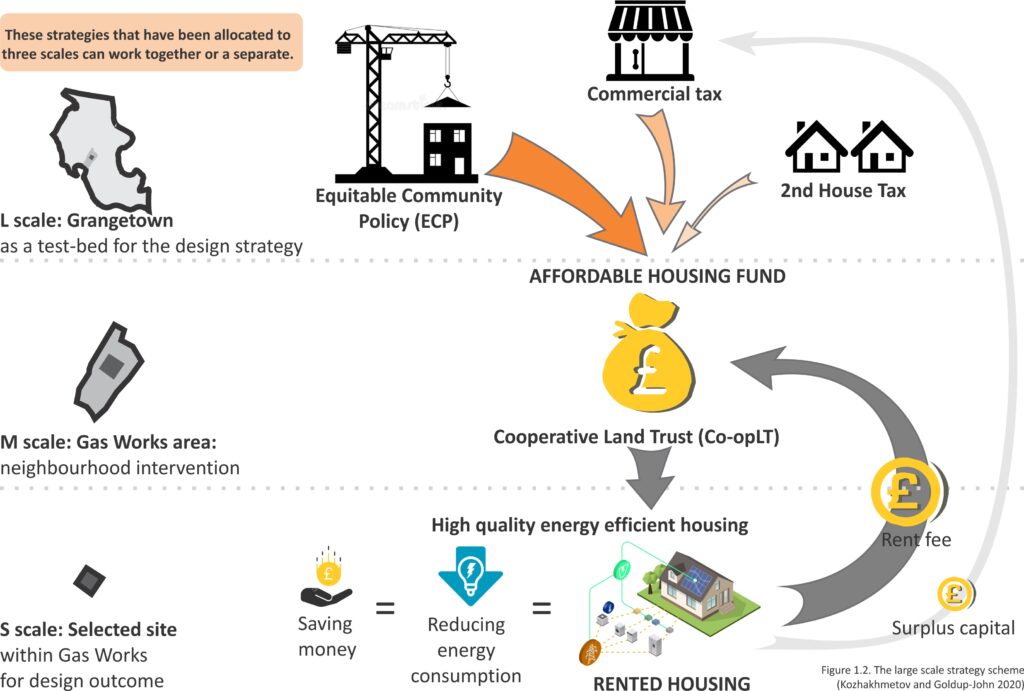
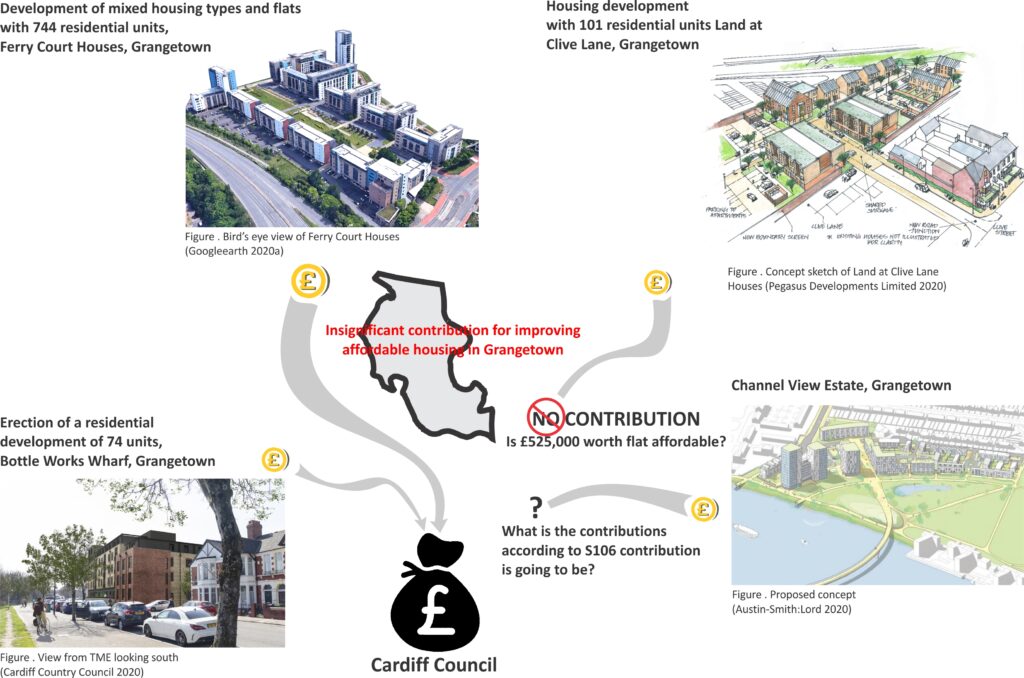
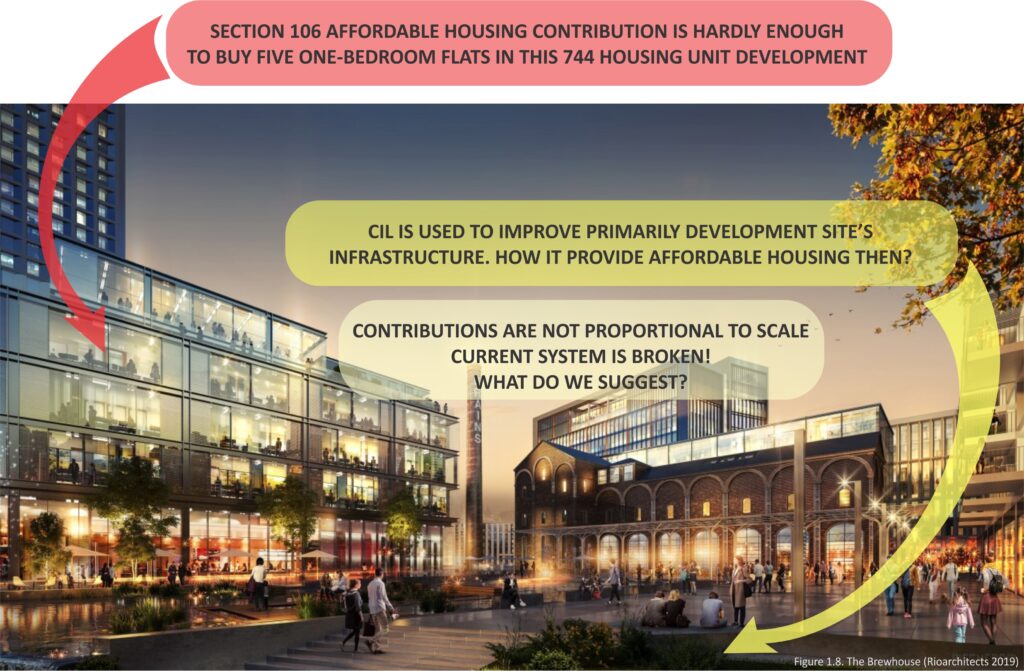
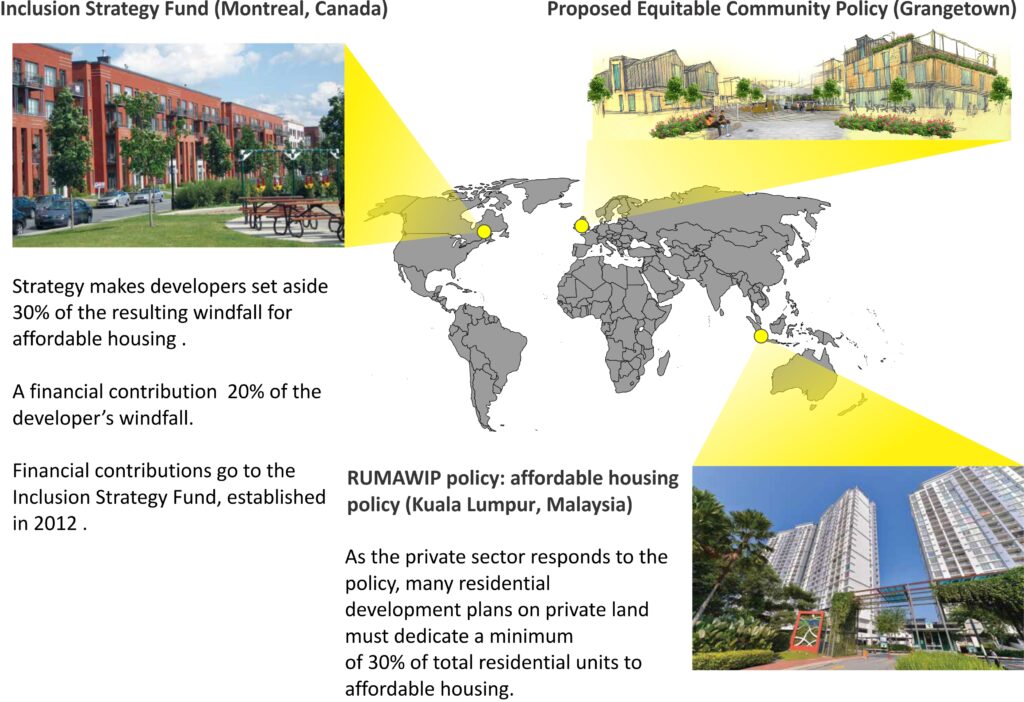
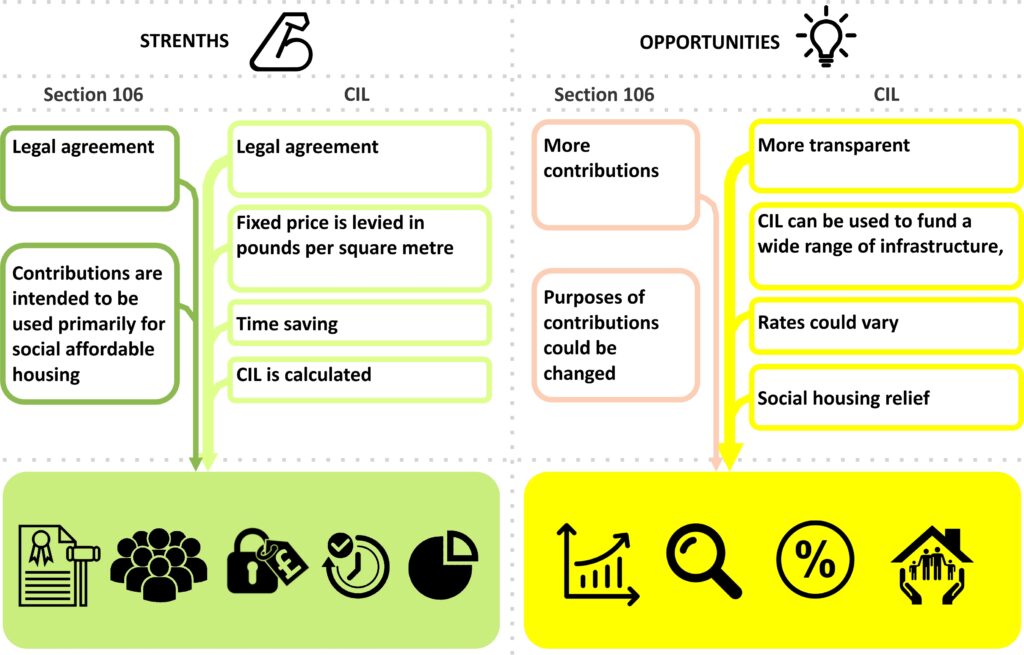
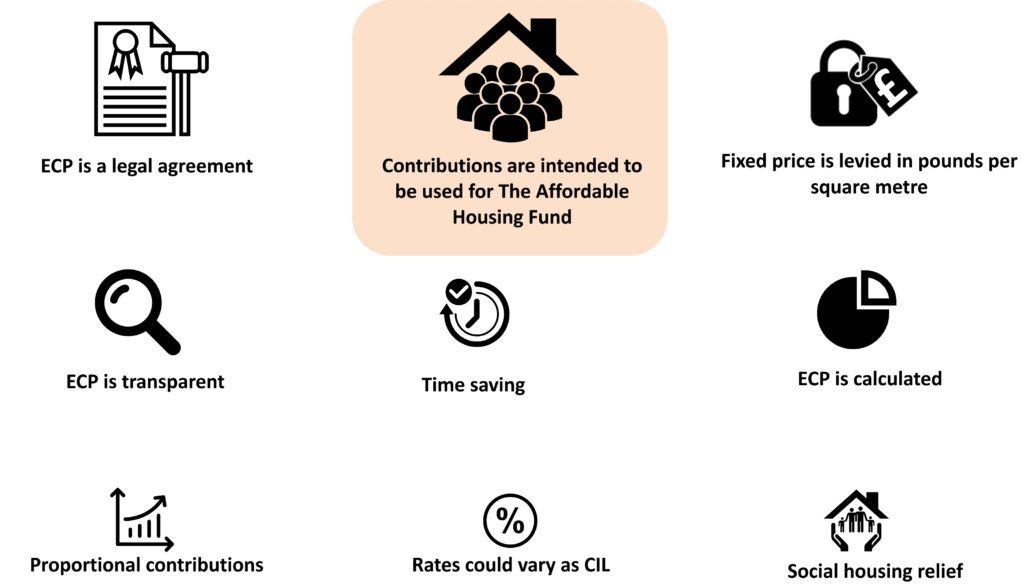
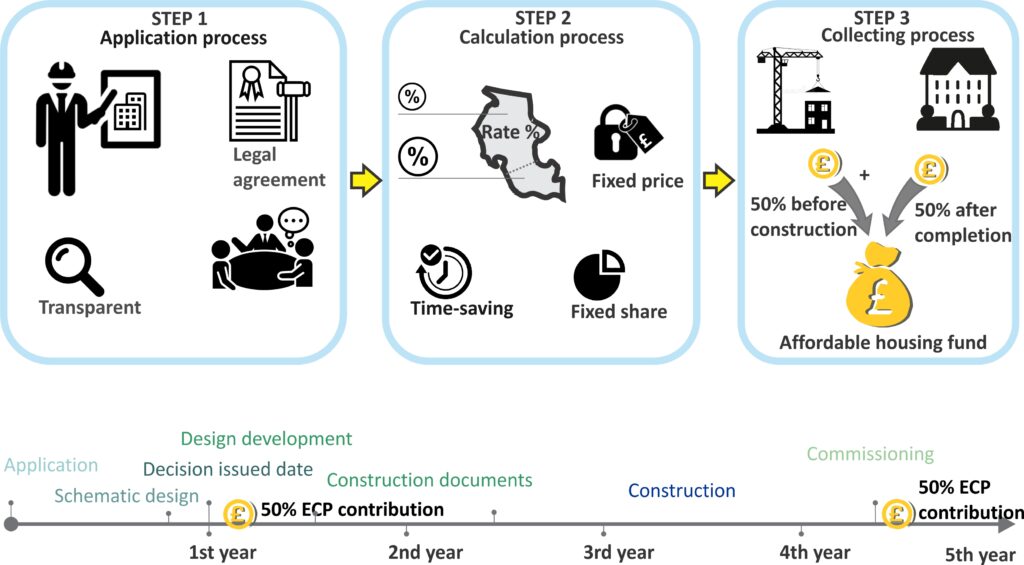
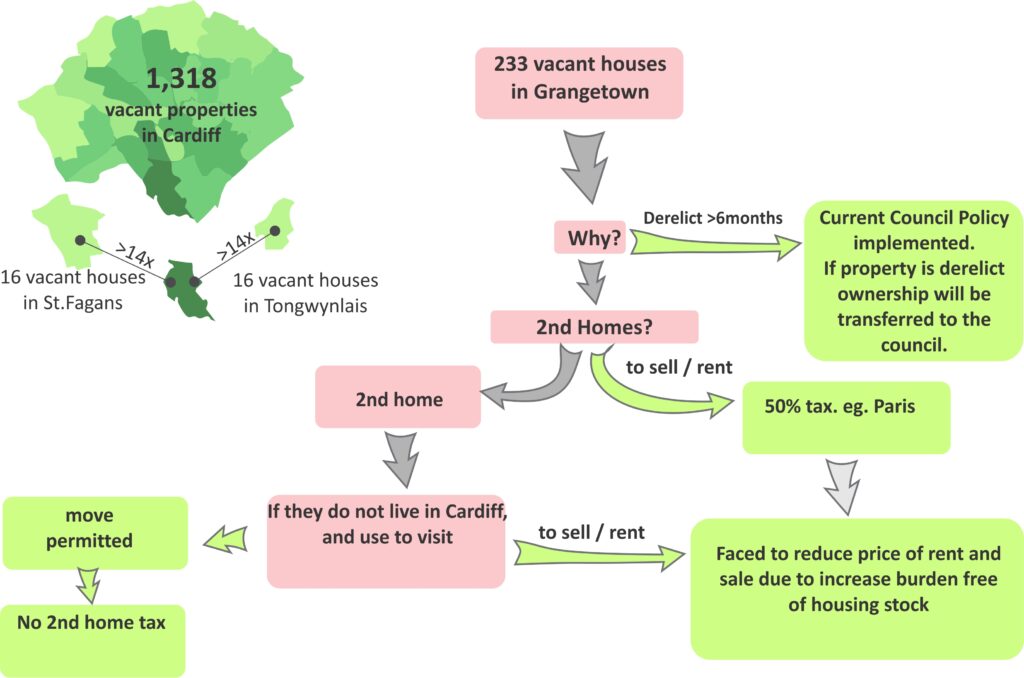
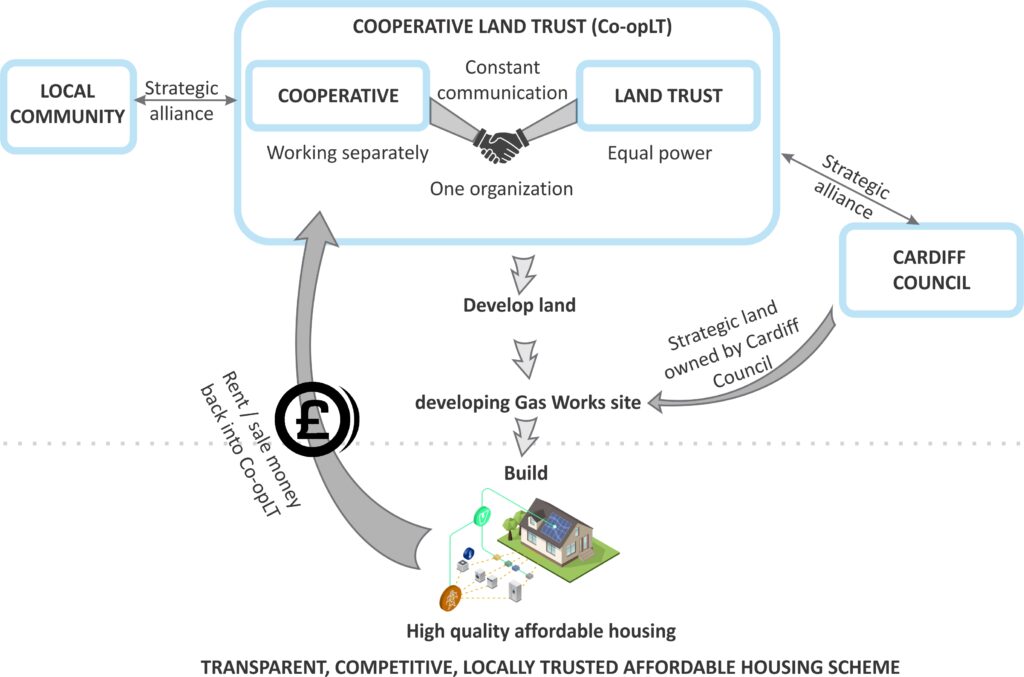
A Strategic Alliance (SA) is an agreement between two or more parties, in which the parties involved will act in a particular way to achieve a certain outcome (Imaa, 2020). The proposed alliance is predominately between Cardiff Council and the proposed All-4-Grangetown Co-operative Capital Group. However, it is understood that Welsh Government and the Grangetown Community Action Group could also hold pivotal roles in this process. The common goal in which all of these groups would like to achieve is the creation and development of High Quality, Affordable Houses within Grangetown. To ensure that this Strategic Alliance is successful firstly criteria must be established to clarify roles and responsibilities within the project’s development. In addition to this duty should be established to a group(s) to ensure that each partner can work independently without another dictating, cementing power and responsibility.
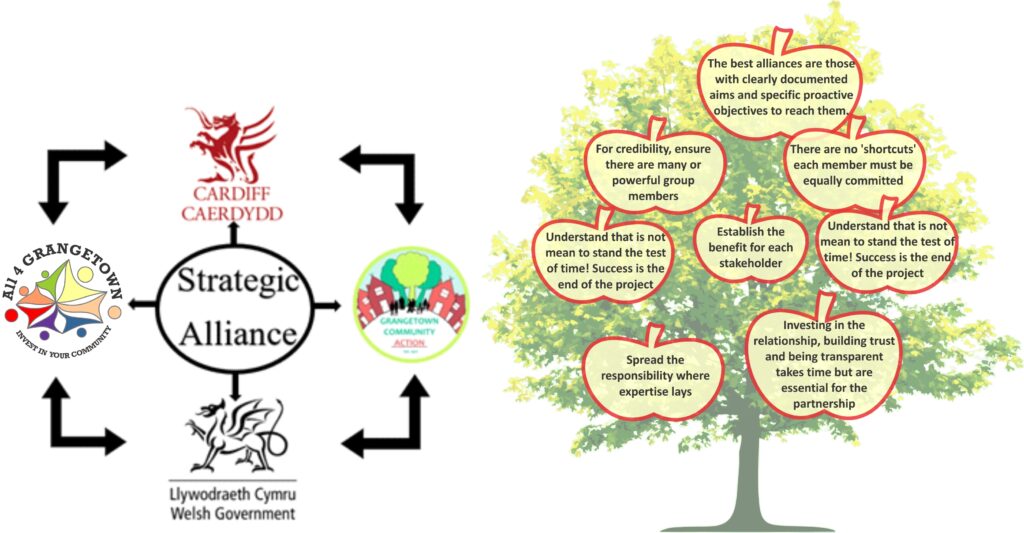
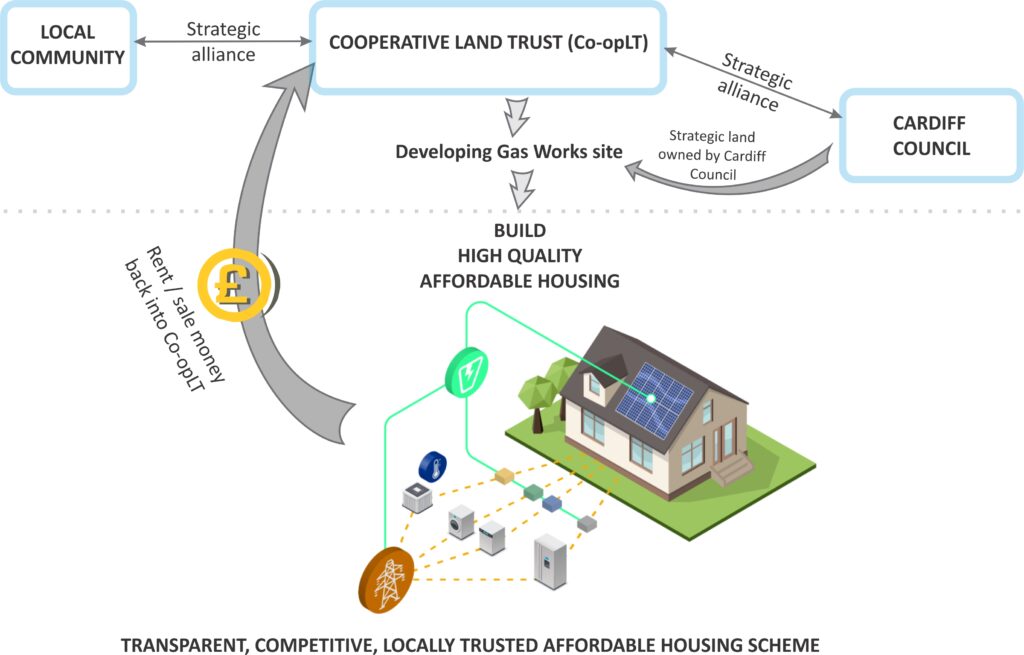
The motivation behind the ‘PowerHouse’ is to combine environmental sustainability and financial independence for those on lower incomes who are often disproportionately affected by energy expenses (REF). Homes as power units will increase a person or family’s financial literacy whilst simultaneously stabilising a family on low/low-middle incomes. As identified through the key data previously discussed, it is recognised that 35-40% of the population in Grangetown are living in poverty (below 60% of median income) (Cardiff Council, 2019). The premise of the idea was identified from a scheme in Neath (S.Wales) known as Active Homes (Pobl, 2019). The scheme introduces the idea that a house can generate power that the house needs and can reduce the energy needed to power the house by 60% and bills by £600 for those whol live within them; provided from a clean renewable source (Pobl, 2019). If the house produces any additional energy each house could have a source of additional income, power their electric car or potentially store it for later use. The development site (The Gas Works Site) has the potential to create 525 PowerHouses.
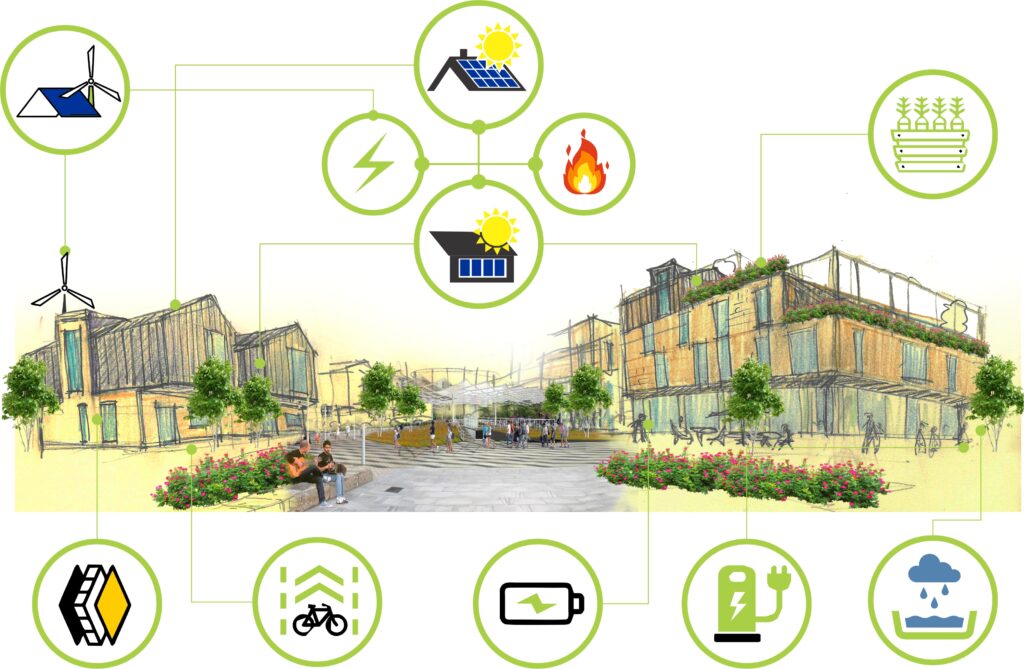
Affordable housing comes in many different form’s dependent on external contributing factors, such as: Housing Finance, Material, Ownership. The ‘PowerHouse’ addresses these concerns by encompassing high quality materials, innovate funding solutions as discussed earlier and transparent ownership structures. Firstly, high quality materials will be used to ensure that the PowerHouses provide a function of providing energy for those who live within. Additionally, as discussed previously in the report a funding mechanism can be a Co-Operative Land Trust, this ensures accountability and transparency through the development process whilst allowing those local stakeholders to benefit. Finally, based off analysis of Loftus Garden Village ownership structure we have calculated how the scheme can be “financially viable” without need for additional government financial assistance. Where the majority of properties on the site will be affordable housing units.
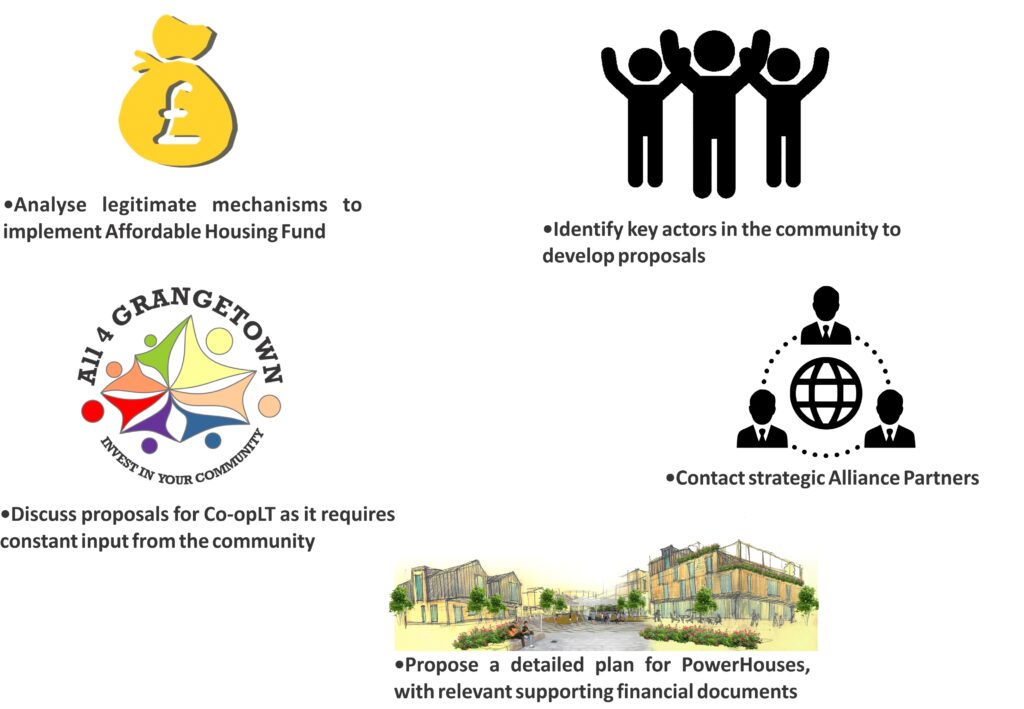
Tutor:
Prof. Aseem Inam
Students:
Adilet Kozhakhmetov / Nathan Goldup-John / Xudan Wang
